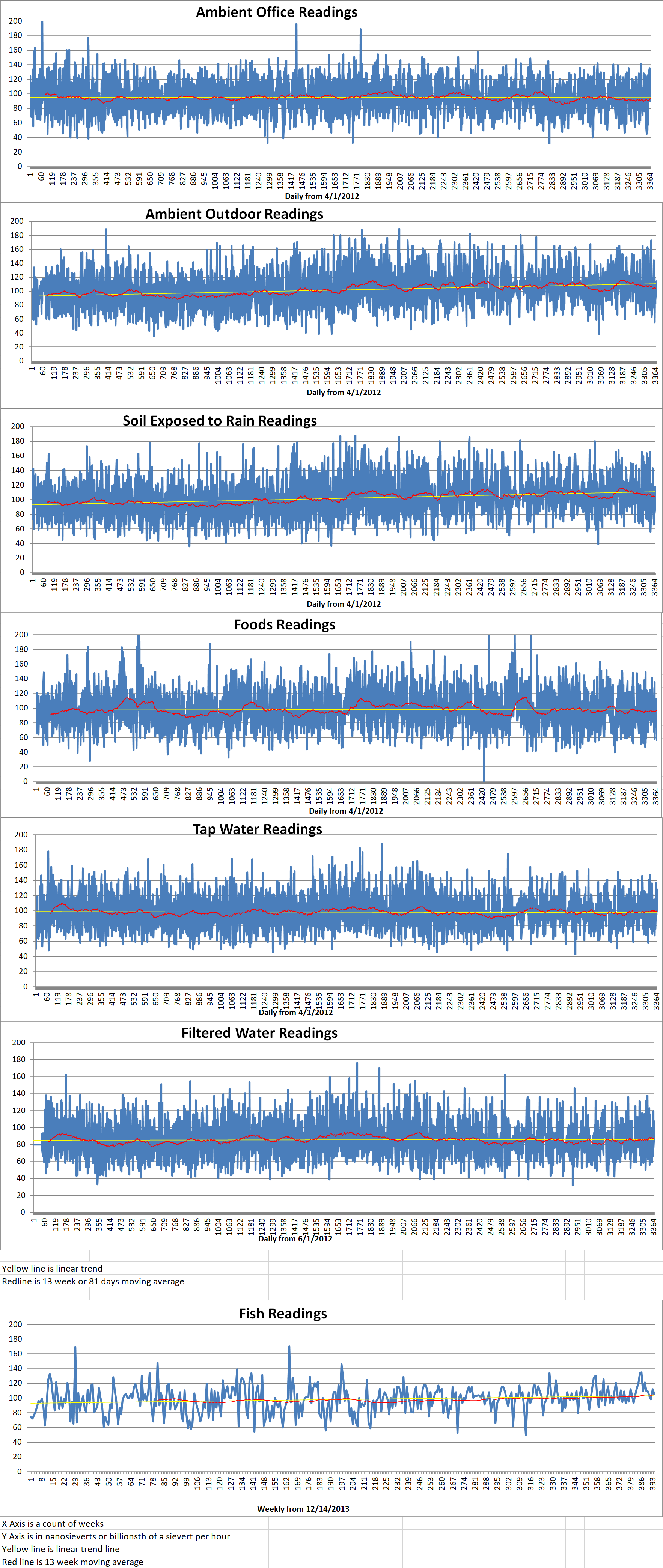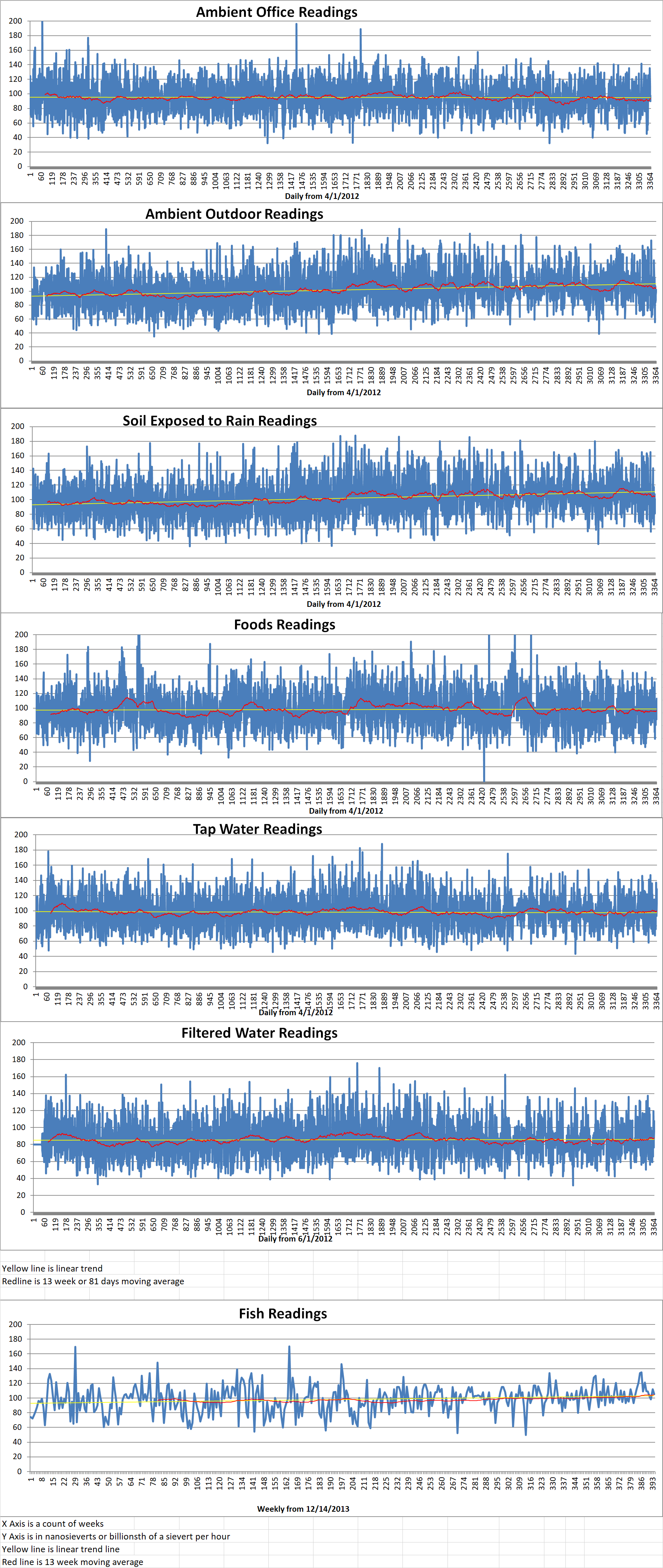In 2017, researchers moved one step closer to the creation of stable nuclear fission energy generation. They discovered a way to stabilize plasma in fusion reactors which prevents temperatures and densities from oscillating and quenching the fusion reaction. If researchers can control this type of power source, nuclear fusion could be the answer to providing inexhaustible green energy. Now it seems that the researchers are getting closer to stabilizing plasma in fusion reactors in their simulations of physical reactors.
Recently, a group of researchers in New Jersey at the U.S. Department of Energy’s (DoE) Princeton Plasma Physics Laboratory (PPPL) at Princeton University ran several simulations to try to stabilize plasma in fusion reactors and they succeeded.
Plasma is one of the four states of matter. Although solids, liquids and gases are common on Earth, plasmas are found throughout the universe. Stars contain concentrated plasmas. In fusion research, scientists create a plasma of charged particles with extreme temperatures and pressures. Although the creation of the plasma is easy, the stabilization of such plasmas is very difficult.
Human generated plasmas are often found to oscillate in temperature and pressure. When this happens, any fusion processes taking place are halted. This is referred to as a sawtooth instability which occurs when the current in the plasma becomes strong enough to destabilize and stop the reactions.
Now, the scientists in New Jersey might have found a way to stabilize plasmas through simulation of nuclear fusion reactors. Researchers copied the example set by the stars and attempted to replicate those same processes within several simulated fusion reactors.
In the simulated reactors, super-heated hydrogen atoms suspended in plasma, are torn apart and become a cloud of charged ions and electrons. If the conditions are right, the electrons and ions fuse to form helium. This process generates huge amounts of heat and energy that can be used to generate electricity. To keep the current in the core of the plasma, the reactor utilizes a magnetic flux pumping mechanism. This also stabilizes the plasma in order to keep the reaction going.
Considering the latest simulations, there are two hybrid scenarios that can prompt magnetic flux pumping. One scenario concerns a stable plasma (H-mode) and the other scenario concerns plasma leaking some kind of energy (L-mode). In PPPL simulations, the flux pumping was developed in a hybrid scenario where the current remains constant in the plasma core and the pressure in the plasma is sufficiently high. The combination results in a ‘quasi-interchange mode’ that mixes up the plasma while the magnetic field in deformed. This mixing effect ensures that the current remains stable while avoiding the possibility of sawtooth instability.
This research effort was led by Isabel Krebs who is a post-doctoral research associate at PPPL. She talked about the future applications of this discovery saying, “This mechanism may be of considerable interest for future large-scale fusion experiments such as ITER.” Clearly, this breakthrough in the stabilization of plasmas is a step in the right direction toward a green energy future.







